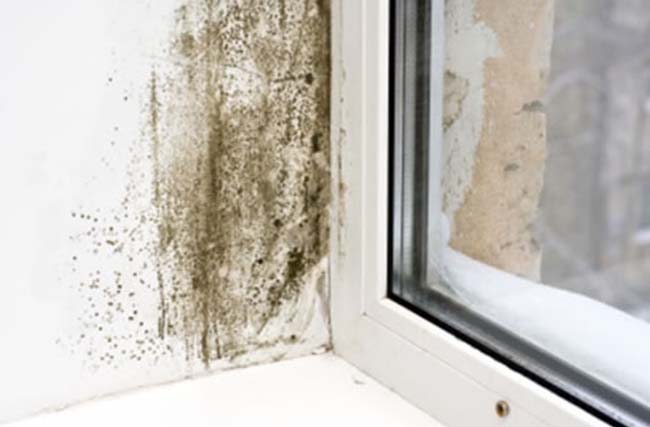
Historical damp problems with homes in Britain
 Whether as a homeowner or a renter, chances are we’ve all experienced some form of damp problems in our home at some point.
Whether as a homeowner or a renter, chances are we’ve all experienced some form of damp problems in our home at some point.
Damp, mould and condensation problems have always been pretty rife in Britain, so it’s a problem that builders, estate agents, and pretty much anyone in the property industry have become accustomed to seeing.
Damp seeps into our walls leaving unsightly marks, gets into our lungs, and can cause significant structural issues to a property.
Around 10 years ago, Ipsos Mori for the Energy Saving Trust conducted an extensive survey to gather information about damp problems directly from homeowners. What they discovered was quite shocking as it became clear that millions of people across the UK are either battling with damp and mould issues in their home or are aware of them but have as good as given up the constant battle.
The survey findings suggested that 35% of people find it difficult to keep their property warm during the colder months due to poor insulation. Meanwhile, 44% of people live in what they would describe as a draughty home, 38% of people highlighted condensation problems within their property and 29% of people confirmed they had mould issues.
Ben Derbyshire, former president of the Royal Institute for British Architects and commissioner of Historic England, claims that the damp and mould situation in Britain means the country has the leakiest and poorest performing housing in Europe, and that it contributes 20% of our total climate emissions.
Read: Things you can do to prevent condensation mould
Why do properties in Britain suffer with damp?
The main reasons properties in Britain are so prone to damp issues is the fact the country is home to one of the oldest housing stocks in Europe coupled with years of damaging building practices.
A huge number of properties in the UK are made from solid single skin brickwork, which while sturdy and structurally safe, still happen to be far more prone to damp than double skin cavity walls. Many homes across the country fail to have sufficient depths of insulation, which if installed correctly, can tackle and eliminate the majority of draughts and damp issues.
Homes that were built pre-1925 may have extremely solid external walls but weren’t built with adequate insultation - and insulating these walls to the required depth can prove a costly exercise, which often puts homeowners off.
If you live in a property that has unfilled cavity walls, you’ll find yourself particularly vulnerable to the problems that damp and mould can pose.
When it comes to new builds, things have fortunately changed across Britain, as modern homes are now fitted with damp-proof cavity walls as standard practice. However, new build homes make up a very small percentage of all homes across the country - leaving millions exposed to our historical damp issues.
Another factor that contributes to damp problems in homes across Britain is of course the good ol’ British weather.
In recent years the country has been experiencing more and more extreme rainfall, largely attributed to the climate crisis we face. There isn’t necessarily more rainfall, but it’s the severity of the rainfall that’s causing damage and problems to properties.
It only takes a small gap in the seal around the windows, walls, or roof to invite damp problems into the entire property.
Addressing damp issues can save you money in the long run
If you do address damp issues in your property, it’s highly likely that the energy efficiency within the home will increase.
In return, you’ll save on monthly bills as well as future potential structural repairs - which can mean the initial outlay to sort the damp problems once and for all can actually prove to be a very sound investment.
Not to mention it’ll make your property a far more attractive proposition for buyers or renters should you decide to sell or let it out.
UK Government grants to tackle damp issues
The UK Government has keen ambitions to meet emission targets and making as many properties in Britain damp and draught free as quickly as possible is a simple step that can make a significant difference.
You may want to look into the different Government grants that are available to carry out the following work:
- Insulating the loft and cavity walls
- Upgrading the current boiler
- Draught-proofing all windows and doors
- Installing double glazing
Get in touch with citzens advice if you’d like to learn more about the grants and to find out if you may be eligible for Government help with home improvements.
If you’re a homeowner in Cardiff looking to sell or buy a property, don’t hesitate to get in touch with our expert sales team here at CPS Homes. You can contact us by calling 02920 668585, by e-mailing enquiries@cpshomes.co.uk or by simply popping into one of our three branches.
The information contained within this article was correct at the date of publishing and is not guaranteed to remain correct in the present day.


